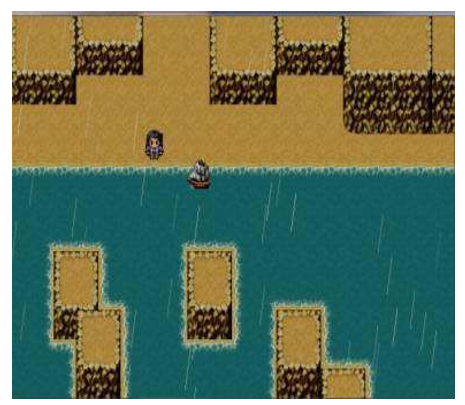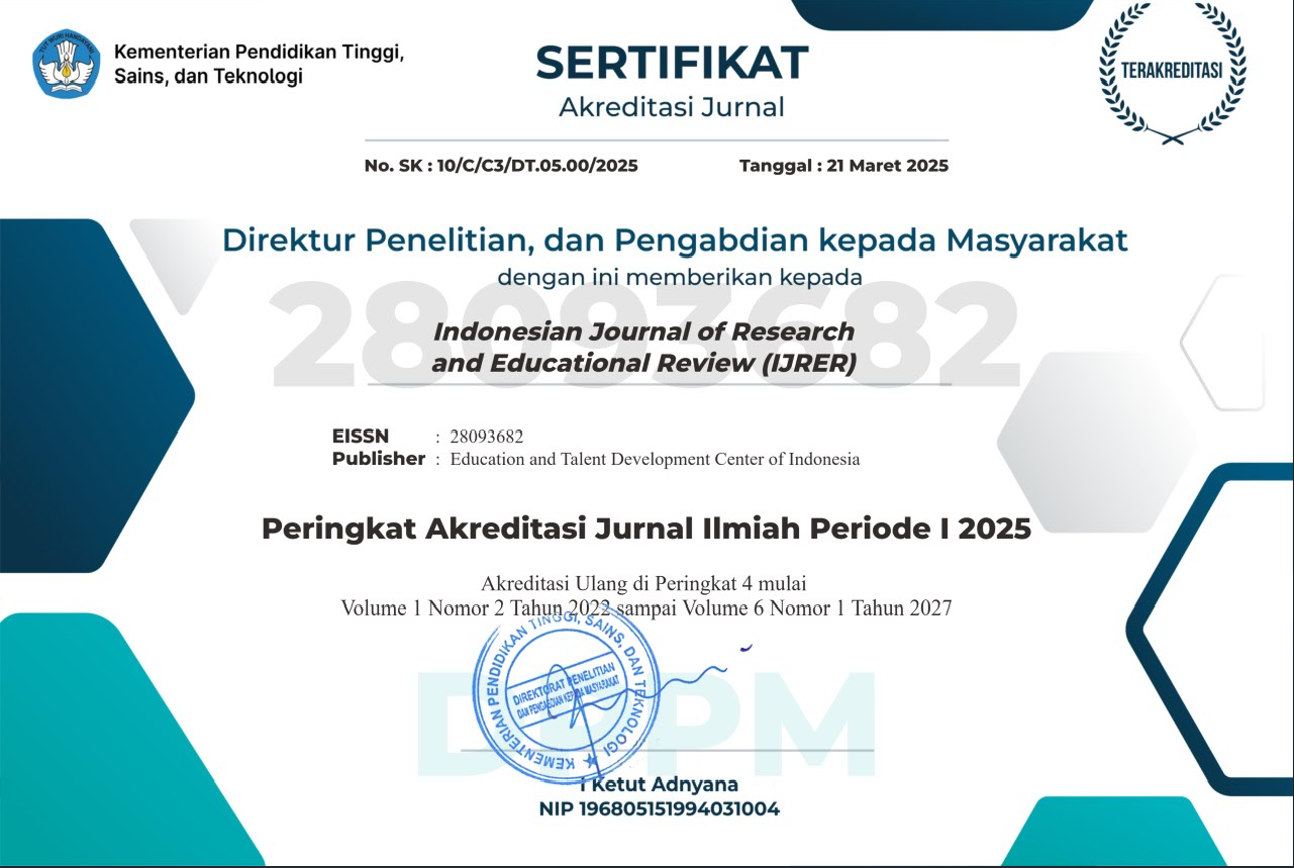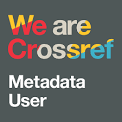Development of Computer-Based Role-Playing Game Mathematics Learning Media: Spatial Geometry Material in Junior High School
DOI:
https://doi.org/10.51574/ijrer.v4i4.3956Keywords:
Geometry, Junior High School, Learning Media, Role-Playing Game, SpatialAbstract
Although the development of learning media based on RPG (Role-Playing Game) and spatial geometry materials in junior high school already exists, this research deeply integrates the typical features of RPG (such as adventure narrative, quest, inventory, leveling system, and immersive visual/audio design) to visualize and manipulate spatial geometry concepts (such as surface area, volume, and nets) which are often considered abstract by junior high school students. This study was conducted to develop and examine the validity, practicality, and effectiveness of a learning medium in the form of an RPG (Role-Playing Game) for teaching three-dimensional geometry to eighth-grade students at public junior high school 5 Tarakan. The research employed Research and Development (R&D) design, following the Four-D development model consisting of four phases: Define, Design, Develop, and Disseminate. The evaluation process of the RPG Maker product was carried out through four stages: expert validation (content, media, and instructional design experts), preliminary field testing, main field testing, and operational field testing. The analysis results showed that the developed RPG game media obtained scores of 32 for feasibility, 51 for appearance and design, and 32 for accuracy, currency, and clarity — all of which were categorized as very good. Field test results further indicated that the media met the criteria for software engineering, visual communication, and instructional design. Therefore, the RPG-based game media was declared suitable for use as a learning aid at public junior high school 5 Tarakan.
References
Abdel Meguid, E., & Collins, M. (2017). Students’ perceptions of lecturing approaches: traditional versus interactive teaching. Advances in medical education and practice, 229-241. https://doi.org/10.2147/AMEP.S131851
Akbar, A. G., & Rodliyah, I. (2021). The Development of Mathematics Learning Module Based of Character. Jurnal Axioma: Jurnal Matematika dan Pembelajaran, 6(1), 1-11. https://doi.org/10.36835/axi.v6i1.799
Alrehaili, E. A., & Al Osman, H. (2022). A virtual reality role-playing serious game for experiential learning. Interactive Learning Environments, 30(5), 922-935. https://doi.org/10.1080/10494820.2019.1703008
Bimba, A. T., Idris, N., Al-Hunaiyyan, A., Mahmud, R. B., & Shuib, N. L. B. M. (2017). Adaptive feedback in computer-based learning environments: a review. Adaptive Behavior, 25(5), 217-234. https://doi.org/10.1177/1059712317727590
Bøe, M. V., Henriksen, E. K., & Angell, C. (2018). Actual versus implied physics students: How students from traditional physics classrooms related to an innovative approach to quantum physics. Science Education, 102(4), 649-667. https://doi.org/10.1002/sce.21339
Calder, N., Jafri, M., & Guo, L. (2021). Mathematics education students’ experiences during lockdown: Managing collaboration in elearning. Education Sciences, 11(4), 191. https://doi.org/10.3390/educsci11040191
Charmaz, K. (2017). The power of constructivist grounded theory for critical inquiry. Qualitative inquiry, 23(1), 34-45. https://doi.org/10.1177/1077800416657105
Chen, H. L., & Wu, C. T. (2023). A digital role-playing game for learning: Effects on critical thinking and motivation. Interactive Learning Environments, 31(5), 3018-3030. https://doi.org/10.1080/10494820.2021.1916765
Chen, C. H., & Syu, J. Y. (2024). Effects of integrating a role‐playing game into a virtual reality‐based learning approach on students' perceptions of immersion, self‐efficacy, learning motivation and achievements. British Journal of Educational Technology, 55(5), 2339-2356. https://doi.org/10.1111/bjet.13436
Chien, C. C., Chan, H. Y., & Hou, H. T. (2025). Learning by playing with generative AI: Design and evaluation of a role-playing educational game with generative AI as scaffolding for instant feedback interaction. Journal of Research on Technology in Education, 57(4), 894-913. https://doi.org/10.1080/15391523.2024.2338085
Daghestani, L. F., Ibrahim, L. F., Al‐Towirgi, R. S., & Salman, H. A. (2020). Adapting gamified learning systems using educational data mining techniques. Computer Applications in Engineering Education, 28(3), 568-589. https://doi.org/10.1002/cae.22227
Dirkx, K. J. H., Skuballa, I., Manastirean-Zijlstra, C. S., & Jarodzka, H. (2021). Designing computer-based tests: Design guidelines from multimedia learning studied with eye tracking. Instructional Science, 49(5), 589-605. https://doi.org/10.1007/s11251-021-09542-9
Fernando, P. A., & Premadasa, H. S. (2024). Use of gamification and game-based learning in educating Generation Alpha. Educational Technology & Society, 27(2), 114-132. https://doi.org/10.30191/ETS.202404_27(2).RP03
Grande-de-Prado, M., Baelo, R., García-Martín, S., & Abella-García, V. (2020). Mapping role-playing games in Ibero-America: An educational review. Sustainability, 12(16), 6298. https://doi.org/10.3390/su12166298
Hawlitschek, A., & Joeckel, S. (2017). Increasing the effectiveness of digital educational games: The effects of a learning instruction on students’ learning, motivation and cognitive load. Computers in Human Behavior, 72, 79-86. https://doi.org/10.1016/j.chb.2017.01.040
Hasbi, M., Lukito, A., Sulaiman, R., & Muzaini, M. (2019). Improving the mathematical connection ability of middle-school students through realistic mathematics approach. Journal of Mathematical Pedagogy (JoMP), 1(1), 37-46. https://doi.org/10.26740/jomp.v1n1.p37-46
Henry, J., Hernalesteen, A., & Collard, A. S. (2021). Teaching artificial intelligence to K-12 through a role-playing game questioning the intelligence concept. KI-Künstliche Intelligenz, 35(2), 171-179. https://doi.org/10.1007/s13218-021-00733-7
Just, J., & Siller, H. S. (2022). The role of mathematics in STEM secondary classrooms: A systematic literature review. Education Sciences, 12(9), 629. https://doi.org/10.3390/educsci12090629
Khasawneh, E., Hodge-Zickerman, A., York, C. S., Smith, T. J., & Mayall, H. (2023). Examining the effect of inquiry-based learning versus traditional lecture-based learning on students’ achievement in college algebra. International Electronic Journal of Mathematics Education, 18(1), em0724. https://doi.org/10.29333/iejme/12715
Kurniawati, N. D. L., & Mahmudi, A. (2019). Analysis of mathematical literacy skills and mathematics self-efficacy of junior high school students. In Journal of Physics: Conference Series (Vol. 1320, No. 1, p. 012053). IOP Publishing. https://doi.org/10.1088/1742-6596/1320/1/012053
Landers, R. N., Armstrong, M. B., & Collmus, A. B. (2017). How to use game elements to enhance learning: Applications of the theory of gamified learning. In Serious Games and Edutainment Applications: Volume II (pp. 457-483). Cham: Springer International Publishing. https://doi.org/10.1007/978-3-319-51645-5_21
Li, Y., Chen, D., & Deng, X. (2024). The impact of digital educational games on student’s motivation for learning: The mediating effect of learning engagement and the moderating effect of the digital environment. PloS one, 19(1), e0294350. https://doi.org/10.1371/journal.pone.0294350
Lowrie, T., Logan, T., & Hegarty, M. (2019). The influence of spatial visualization training on students’ spatial reasoning and mathematics performance. Journal of Cognition and Development, 20(5), 729-751. https://doi.org/10.1080/15248372.2019.1653298
Luo, Z. (2022). Gamification for educational purposes: What are the factors contributing to varied effectiveness?. Education and Information Technologies, 27(1), 891-915. https://doi.org/10.1007/s10639-021-10642-9
Mayer, R. E. (2017). Using multimedia for e‐learning. Journal of computer assisted learning, 33(5), 403-423. https://doi.org/10.1111/jcal.12197
Moreno-Guerrero, A. J., Rodríguez-Jiménez, C., Gómez-García, G., & Ramos Navas-Parejo, M. (2020). Educational innovation in higher education: Use of role playing and educational video in future teachers’ training. Sustainability, 12(6), 2558. https://doi.org/10.3390/su12062558
Mulligan, J. (2015). Looking within and beyond the geometry curriculum: connecting spatial reasoning to mathematics learning. Zdm, 47(3), 511-517. https://doi.org/10.1007/s11858-015-0696-1
Ofosu-Ampong, K. (2020). The shift to gamification in education: A review on dominant issues. Journal of Educational Technology Systems, 49(1), 113-137. https://doi.org/10.1177/0047239520917629
Purwitaningrum, R., & Prahmana, R. C. I. (2021). Developing instructional materials on mathematics logical thinking through the Indonesian realistic mathematics education approach. International Journal of Education and Learning, 3(1), 13-19. https://doi.org/10.31763/ijele.v3i1.178
Putri, A. D., & Fitriyani, H. (2024). Analisis kesulitan belajar matematika materi geometri pada siswa kelas 4 sekolah dasar. Jurnal Pendidikan Matematika, 2(1). https://doi.org/10.47134/ppm.v2i1.1112
Robinson, G. M., Hardman, M., & Matley, R. J. (2021). Using games in geographical and planning-related teaching: Serious games, edutainment, board games and role-play. Social Sciences & Humanities Open, 4(1), 100208. https://doi.org/10.1016/j.ssaho.2021.100208
Saleem, A. N., Noori, N. M., & Ozdamli, F. (2022). Gamification applications in E-learning: A literature review. Technology, Knowledge and Learning, 27(1), 139-159. https://doi.org/10.1007/s10758-020-09487-x
Setiana, D. S., Purwoko, R. Y., & Sugiman, S. (2021). The application of mathematics learning model to stimulate mathematical critical thinking skills of senior high school students. European Journal of Educational Research, 10(1), 509-523. https://doi.org/10.12973/eu-jer.10.1.509
Sundareswaran, L., Krishnan, S., Sinha, A., Naveen, P., Mahanta, A., & Bhattacharjee, M. (2024). Making a serious game (gamification) for generation Z medical students to learn, teach, and assess medical Physiology. Journal of education and health promotion, 13(1), 212. https://doi.org/10.4103/jehp.jehp_1177_23
Syahri, A. A., & Bahar, E. E. (2022). Pengembangan Perangkat Pembelajaran Matematika Realistik pada Materi Operasi Hitung Bentuk Aljabar. Aksioma, 11(1), 8-20. https://doi.org/10.22487/aksioma.v11i1.1902
Topîrceanu, A. (2017). Gamified learning: A role-playing approach to increase student in-class motivation. Procedia computer science, 112, 41-50. https://doi.org/10.1016/j.procs.2017.08.017
Wang, J. Y., Wu, H. K., & Hsu, Y. S. (2017). Using mobile applications for learning: Effects of simulation design, visual-motor integration, and spatial ability on high school students’ conceptual understanding. Computers in Human Behavior, 66, 103-113. https://doi.org/10.1016/j.chb.2016.09.032
Winardy, G. C. B., & Septiana, E. (2023). Role, play, and games: Comparison between role-playing games and role-play in education. Social Sciences & Humanities Open, 8(1), 100527. https://doi.org/10.1016/j.ssaho.2023.100527
Yu, Z., Gao, M., & Wang, L. (2021). The effect of educational games on learning outcomes, student motivation, engagement and satisfaction. Journal of Educational Computing Research, 59(3), 522-546. https://doi.org/10.1177/0735633120969214
Zajda, J. (2021). Constructivist learning theory and creating effective learning environments. In Globalisation and education reforms: Creating effective learning environments (pp. 35-50). Cham: Springer International Publishing. https://doi.org/10.1007/978-3-030-71575-5_3
Zeng, J., Parks, S., & Shang, J. (2020). To learn scientifically, effectively, and enjoyably: A review of educational games. Human Behavior and Emerging Technologies, 2(2), 186-195. https://doi.org/10.1002/hbe2.188

Downloads
Published
How to Cite
Issue
Section
License
Copyright (c) 2025 Alfian Mucti, Nurmala R

This work is licensed under a Creative Commons Attribution-ShareAlike 4.0 International License.









1.png)













